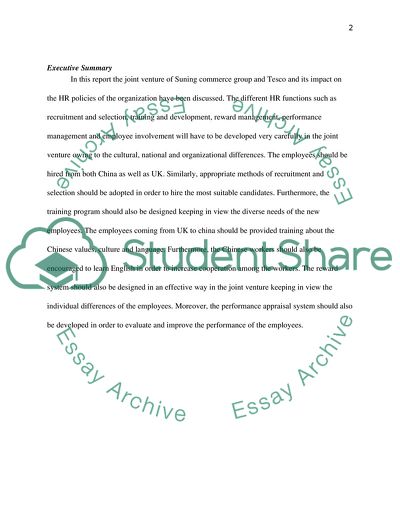Cite this document
(Evaluating an International HRM Strategy Essay Example | Topics and Well Written Essays - 4000 words - 2, n.d.)
Evaluating an International HRM Strategy Essay Example | Topics and Well Written Essays - 4000 words - 2. https://studentshare.org/human-resources/1880846-evaluating-an-international-hrm-strategy
Evaluating an International HRM Strategy Essay Example | Topics and Well Written Essays - 4000 words - 2. https://studentshare.org/human-resources/1880846-evaluating-an-international-hrm-strategy
(Evaluating an International HRM Strategy Essay Example | Topics and Well Written Essays - 4000 Words - 2)
Evaluating an International HRM Strategy Essay Example | Topics and Well Written Essays - 4000 Words - 2. https://studentshare.org/human-resources/1880846-evaluating-an-international-hrm-strategy.
Evaluating an International HRM Strategy Essay Example | Topics and Well Written Essays - 4000 Words - 2. https://studentshare.org/human-resources/1880846-evaluating-an-international-hrm-strategy.
“Evaluating an International HRM Strategy Essay Example | Topics and Well Written Essays - 4000 Words - 2”. https://studentshare.org/human-resources/1880846-evaluating-an-international-hrm-strategy.


